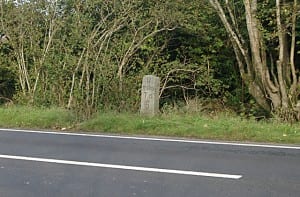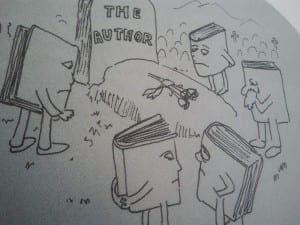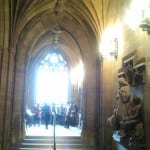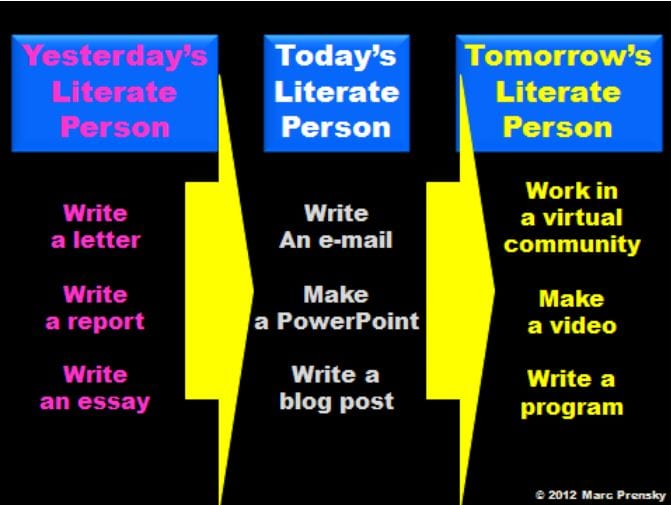It can be time consuming to search through the mass of content labelled as OER. Where quality resources exist, they are most likely to be professionally produced and supported, for example through the OU’s Open Learn. This raises the issue of the extent to which academic and professional service staff can be expected to be content creators.
Absence of appropriate subject level OER this led to opposing approaches – some felt it was an opportunity to release content as OER while others felt this might detract from interest in taking the course. ‘Open Educational Resources: An Introduction for Managers and Policymakers’ from the Higher Education Academy includes the VC at Lincoln saying “The most compelling argument for the release of OER is the Marketing opportunities that it provides. The more you release, the more people know about you.” The OU use this approach in Open Learn; offering ‘tasters’ from full courses which have to be paid for, yet as this activity shows, this approach to OER is not universally accepted and OER as undermining the market base should be taken seriously.
Experience with MOOC was mixed. Most found useful content either for work or interest – but expressed concerns about design and delivery. The media hyped ‘threat’ to the future of higher education was not generally supported by observations. MOOC can be useful for training purposes and introducing subjects like maths where there are a higher amount of ‘fixed’ answers but their application to ‘flexible’ subjects like philosophy and the humanities requires different approaches. There is still much development work to be done to show how MOOC can offer viable ‘free’ alternatives to the university experience and certification of learning. However, this is not to say they should be ignored.
The open education movement takes familiarity with online environments for granted. As society moves ever closer to ‘digital by default’ policy and practice, the voice of the digitally marginalised is becoming invisible. When the majority of platforms in the public sphere are digital, those without the means of participation are effectively silenced. Web designers and developers are building increasingly inaccessible learning environments depending on a MEE Model of computer access which assumes all users have a Mouse for navigation, Eyes to see the screen and Ears listen to content. This does not reflect the diversity of ways in which people operate online but as a result of the MEE Model, provision of content (especially multimedia) in alternative formats and with appropriate user controls is not always evident. The OU resources generally follow accessibility guidelines, although broken links to essential transcripts are evident. Outside the OU, a major problem with repository content is the lack of evidence of inclusive practice or minimum quality standards. In many cases, ‘exclusion’ is not deliberate but results from the current low profile of digitally accessible practices.
The recent media MOOC hype has not only overshadowed OER but in some cases MOOC platforms are blurring the boundaries between them. There are tensions around the quality and quantity of OER and at the present time, MOOCs are producing more questions than answers in particular around issues of quality, inclusion, accreditation and cost. Opening up access to online education aligns with the philosophy and practice of early internet pioneers such as Tim Berners Lee (http://www.w3.org/1998/02/Potential.html) but with freedom comes responsibility and the higher education sector has a valuable role to play in shaping the future of open practices.













